While the comfort of a modern furnace should never go unappreciated, many people utilize fireplaces during colder months to provide economical heating solutions or to make for cozier holiday gatherings. Whatever the reason, keep these eight tips in mind before your fireplace makes its seasonal debut.
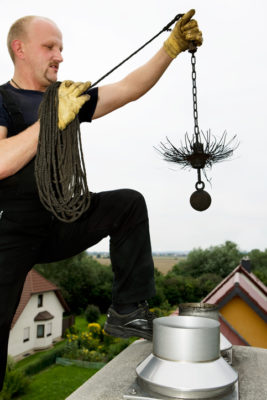
1. Call A Chimney Sweep.
They exist, and not just to pop up in children’s movies. A chimney sweep will provide a visual inspection of your fireplace and chimney, looking for evidence of creosote, a tar-like build-up, and blockages. If ignored, creosote can lead to chimney fires. An annual inspection prior to your first fire of the season is just good fireplace hygiene.
2. Leave A Little Ash.
Although it’s recommended you clean the firebox (where the logs burn) once a month during fire-burning season, it’s a good idea to leave an inch or so of ash left over. This way, the coals from fresh fires will retain heat more easily. When you scoop up the rest, be very careful to set them outside: ashes can remain surprisingly hot long after a fire has gone out.
3. Keep The Area Clear.
Furniture should be set a minimum of 36 inches away from the fireplace to avoid sparks igniting upholstery. This is true even if you use a fireplace screen to catch sparks. (Which you definitely should.)
4. Close The Damper.
A damper is a hinged flap just above the fireplace that controls the amount of air allowed to pass through the chimney. It’s good to have it open during a fire, but you should remember to close it when the flame is out to prevent heat loss and cold air exchanges.
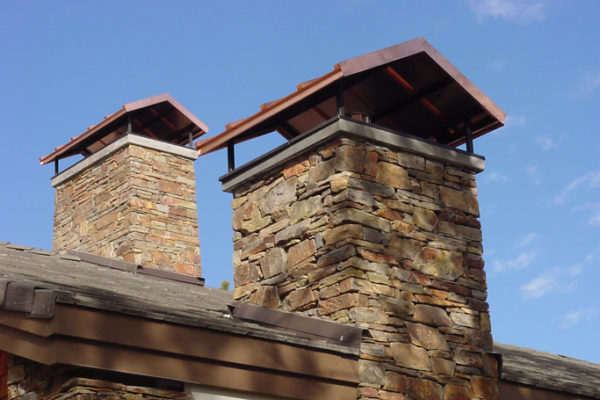
5. Make Sure You Have A Chimney Cap.
If the idea of an open portal on the roof of your house sounds like an opportunity for trouble, it is. Chimney caps can partially close the opening to prevent animals from climbing in, building nests, and keeping smoke from leaving the fireplace.
6. Only Use Seasoned Wood.
To stoke a hot fire, make sure you supply it only with seasoned wood—logs that have been dried out for at least one year. Wet wood that’s been exposed to the elements makes poor fuel and promotes smoky fires. When building your fire, you also want to make sure you’re placing logs in close proximity to one another; a large grate that allows for spaced-out arrangements will be a poor source of heat.
7. Don’t Hang Stockings.
It’s a holiday tradition, but objects on or near the fireplace or mantel can quickly become fire hazards when targeted by flying sparks. And while we’re on the subject: Never toss wrapping paper in a fire. The finishing materials used on the paper could cause a flash fire that can easily spin out of control.
8. Consider A Fireplace Insert.
Ask a local chimney expert if your fireplace is suitable for an insert—a steel or cast-iron box with a glass front that traps gas or wood-ignited heat and radiates it like a space heater into your home. It’s a perfect blend of cozy and cost-effective.
No matter the season, make sure your home is protected with the right homeowners or renters insurance, available through the GEICO Insurance Agency.
Next article: 9 Ways to Prep Your Home for Colder Weather





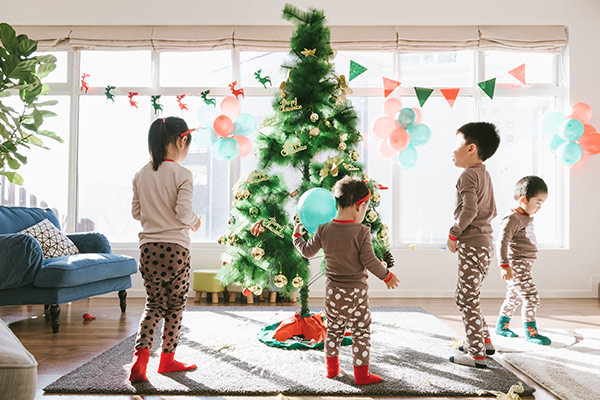
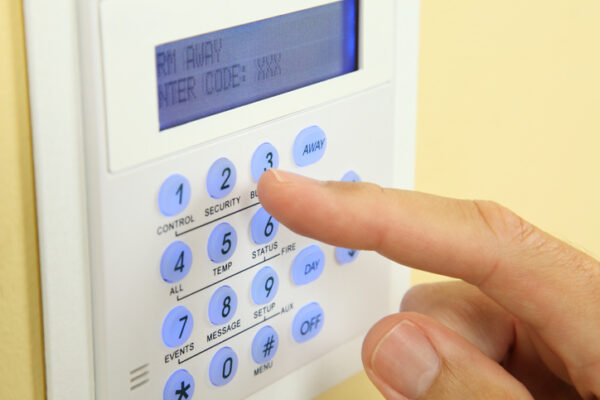
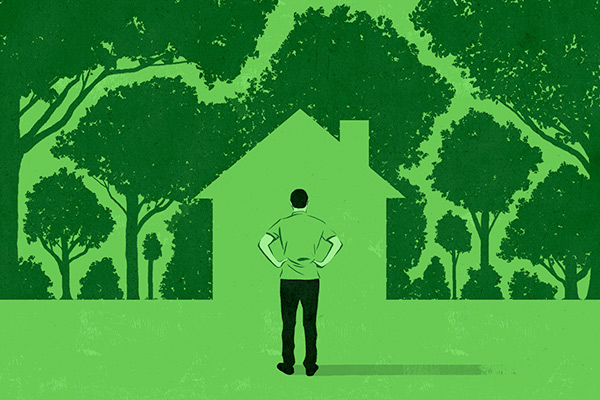


Fireplace Lab says,
Thank you for your sharing, your 8 think is very important for my home improvement
Barbera Peters says,
My husband and I have been looking into getting a fire place installed but needed to know what it would entail to have a fireplace. This was really helpful in showing the basic steps to keeping the area clean and safe. My favorite tip that you mentioned was to use on seasoned wood. I never would have thought about how a year of being dry could affect logs and the fireplace. Thanks for information, we will be sure to remember it when picking out a real wood or gas fireplace.